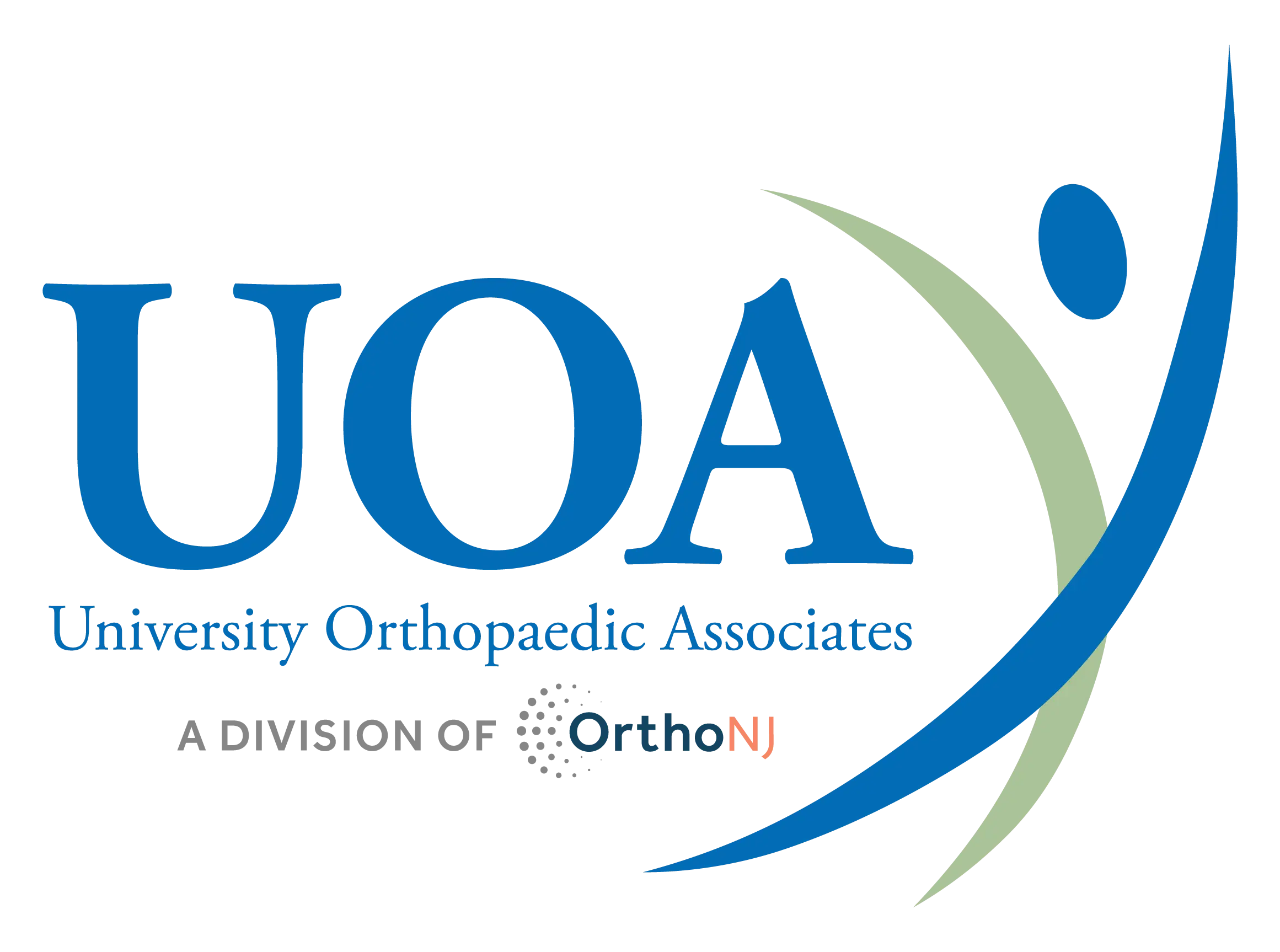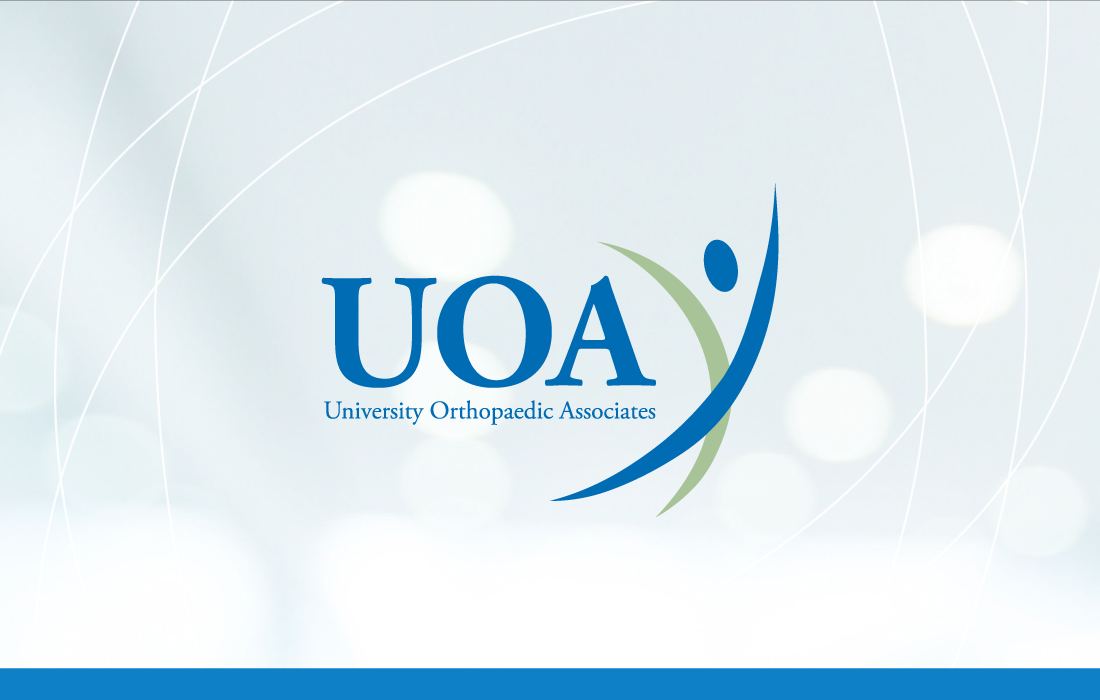If you or a loved one has a torn anterior cruciate ligament (ACL), you’re likely eager to get back to living life with full mobility. At University Orthopaedic Associates (UOA), we’re pleased to offer a new, innovative form of ACL repair that can help get you back on your feet with no need for a graft, faster recovery of muscle strength without long term weakness, and a higher satisfaction with return to sports at 6 months compared to traditional ACL procedures. Known as a Bridge-Enhanced ACL Restoration (BEAR) implant, this procedure is minimally-invasive and performed as an outpatient, and it may be an option if you meet certain criteria.
UOA sports medicine specialists, Dr. Charles J. Gatt Jr. and Dr. Patrick S. Buckley, were the first in our local region to successfully perform a Bridge-Enhanced ACL Restoration (BEAR), and they are motivated to help more patients with ACL tears benefit from this new technique.
What Is BEAR?
Bridge-Enhanced ACL Restoration (BEAR) is an ACL repair technique that helps your body heal itself rather than using a graft from another place in your body or tissue from a donor. It harnesses the power of your body’s own healing processes to encourage the ACL to repair itself with the assistance of an implanted material that acts as a scaffolding for the ACL repair.
What Does BEAR Treat?
The BEAR procedure treats patients with a complete tear of their knee joint’s anterior cruciate ligament (ACL). A recent study showed that people treated with a BEAR implant have a similar 2-year recovery outcome compared to a traditional ACL reconstruction. However, they experience “earlier resolution of symptoms, increased satisfaction about their knee function, as well as improved resolution of hamstring muscle strength throughout the 2-year follow-up period.” The BEAR technique may be best for a complete femoral sided ACL tear, although studies have shown good outcomes in all types and locations of ACL tears.
How Is BEAR Performed?
When you tear your ACL, a surgeon traditionally removes the torn native ACL and replaces it with a graft from your patellar tendon, hamstring tendons, or quadriceps tendon. Called an “ACL reconstruction” this technique is still the gold standard and most studied treatment for athletes seeking to return to an active lifestyle, achieve stability to their knee and limit the risk of re-tears. However, as our field continues to assess ways to improve surgery and patient outcomes, the BEAR technique was developed to limit the need for a graft and allow your body to heal itself. Using the BEAR technique, a surgeon places a blood-filled collagen “bridge” implant between the torn ends of your ACL and lets your body’s healing response do the rest of the work. The incisions for a BEAR procedure are smaller and minimally invasive.
Who Is a Candidate for BEAR?
If you’ve had an MRI that shows a complete tear of your ACL and you can undergo surgery within 50 days of your injury, you may be eligible for a BEAR repair. You must also be at least 14 years old, in order to qualify. Dr. Charles Gatt explains why Mari, a 52-year-old mother, was a good candidate for the BEAR implant in her patient story.
More About BEAR Reconstruction
At UOA, we’re dedicated to helping our patients heal safely and effectively from orthopaedic injuries. We strive to say up-to-date with proven, FDA approved advances in our field and are excited to offer these techniques to our patients. The BEAR technique is a potential alternative to traditional ACL surgery that may help you recover faster and with fewer wound sites. To learn more about the BEAR procedure or to schedule an appointment with one of our sports medicine specialists, contact us today.




